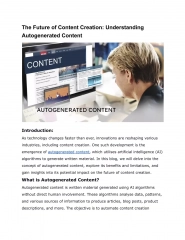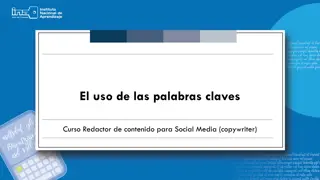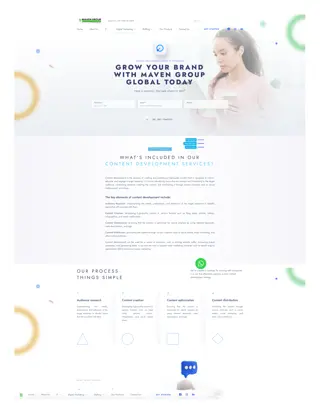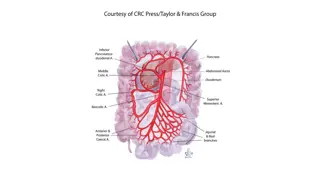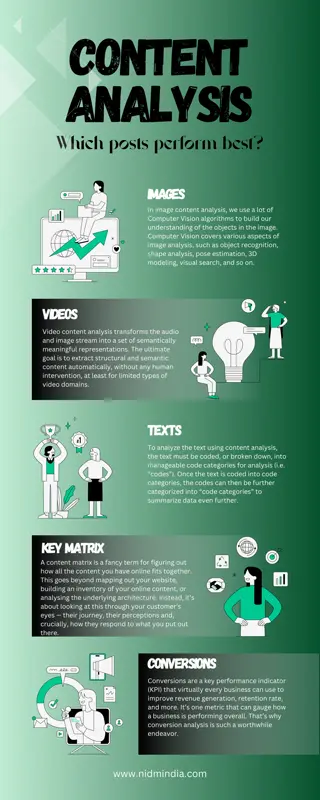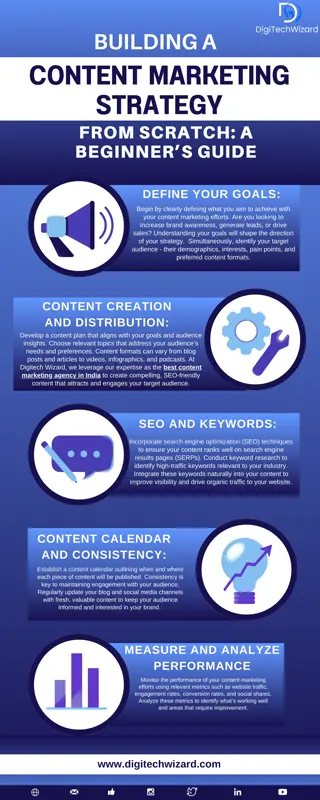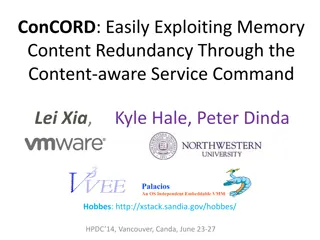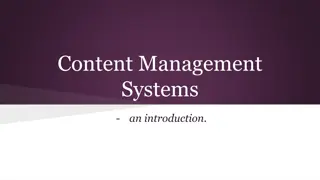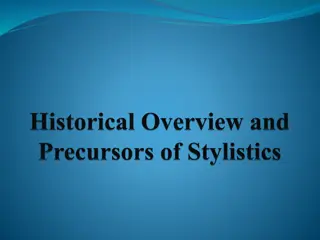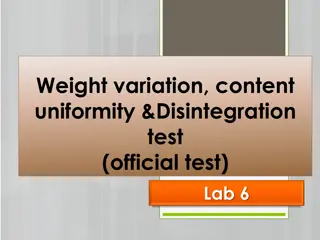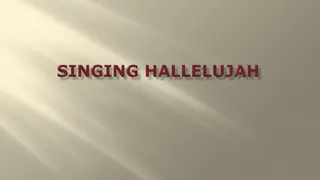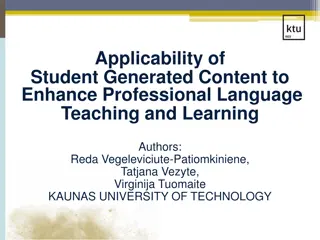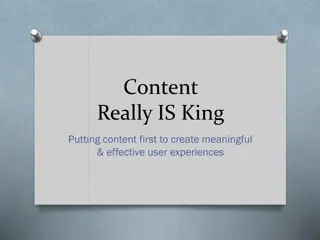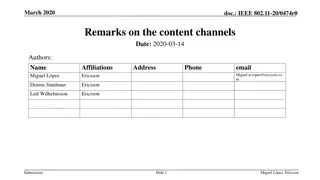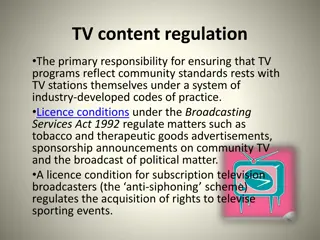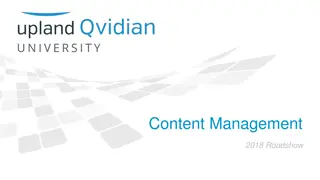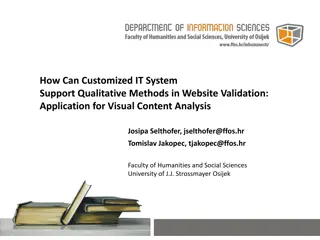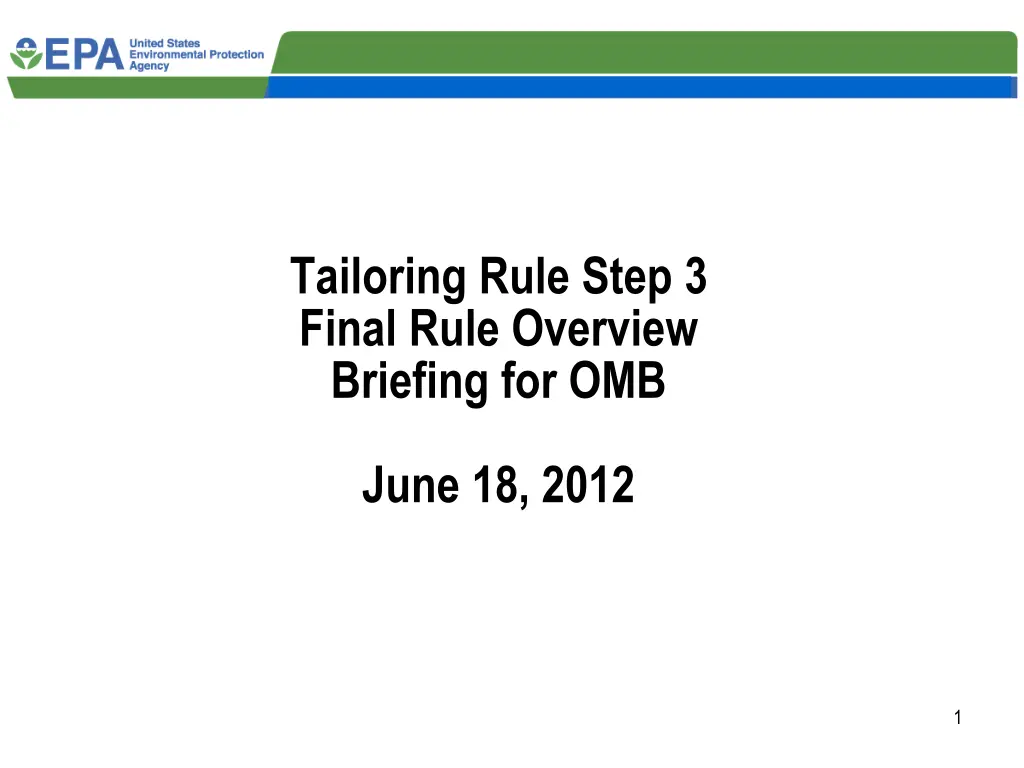
Final Rule Overview Briefing for OMB June 18, 2012
Explore the GHG Tailoring Rule Step 3 Final Rule Overview, detailing the background, commitments, EPA regulations, and criteria for lowering thresholds. Learn about the phased-in applicability approach and study completion dates set forth in the final rule.
Download Presentation

Please find below an Image/Link to download the presentation.
The content on the website is provided AS IS for your information and personal use only. It may not be sold, licensed, or shared on other websites without obtaining consent from the author. If you encounter any issues during the download, it is possible that the publisher has removed the file from their server.
You are allowed to download the files provided on this website for personal or commercial use, subject to the condition that they are used lawfully. All files are the property of their respective owners.
The content on the website is provided AS IS for your information and personal use only. It may not be sold, licensed, or shared on other websites without obtaining consent from the author.
E N D
Presentation Transcript
Tailoring Rule Step 3 Final Rule Overview Briefing for OMB June 18, 2012 1
Purpose To brief OMB on the contents of the final Step 3 Rule. 2
Contents GHG Tailoring Rule Background GHG Tailoring Rule Commitments Step 3 Proposal Overview of Comments & Responses on Proposal Final Rule 3
GHG Tailoring Rule Background EPA issued the final GHG Tailoring Rule on May 10, 2010, and established a phased-in applicability approach that provides time for permitting authorities to develop the capacity to implement permitting requirements for GHGs. The final Tailoring Rule established Step 1 (beginning January 2, 2011) and Step 2 (beginning July 1, 2011) of the phase-in approach. 4
GHG Tailoring Rule Commitments The final GHG Tailoring Rule also included the following commitments: complete Step 3 of the phase-in approach by July 1, 2011, and make Step 3 effective by July 1, 2013; explore streamlining options to reduce the permitting burden; complete a study, by April 30, 2015, to evaluate the status of GHG permitting to determine whether and how small sources should be subject to permitting; complete Step 4 of the phase-in approach by April 30, 2016; and no source with emissions below 50,000 tpy CO2e, and no modification resulting in net GHG increases of less than 50,000 tpy CO2e, will be subject to GHG permitting before at least April 30, 2016. 5
GHG Tailoring Rule Commitments In the final GHG Tailoring Rule we established 3 criteria to help determine whether it would be feasible to lower the thresholds in Step 3: whether the EPA could develop streamlining measures, which can make the permitting programs more efficient to administer for GHGs; whether permitting authorities had sufficient time to ramp up their resources; and whether sources have the ability to meet the requirements of the permitting programs, and permitting authorities have the ability to issue timely permits. 6
Step 3 Proposal We proposed to maintain thresholds at current levels based on the 3 criteria from the Tailoring Rule We proposed 2 streamlining approaches to improve the efficiency of GHG permitting GHG PALs Opt-in as major source or receive GHG PAL as minor source for sources that are potentially major for GHGs (GHG-only). To allow permitting authorities to issue GHG PALs on either a mass basis (tpy) or a CO2e basis. To use the CO2e-based increases provided in the subject to regulation thresholds in setting the PAL. To allow such PALs to be used as an alternative approach for determining whether a project is a major modification and whether GHG emissions are subject to regulation. Synthetic Minor Authority for EPA where EPA is the permitting authority for GHGs. Took comment on other streamlining approaches PTE, general permits, presumptive BACT, etc. 7
Overview of Comments Comments on Thresholds: Most commenters (Industry, State, Locals, Other) support not lowering the thresholds at this time; enviros oppose. One key negative comment by one environmentalist: Disparity between EPA s projections (1600) and actual numbers of permits ( 100) Enviros state that EPA must provide data demonstrating that lower thresholds would create administrative impossibilities. EPA cannot rely on lack of experience or funding to justify departure from statutory requirements EPA must show that it is virtually impossible to lower the threshold, and not rely on speculation that burdens may increase EPA must rely on its current data on the 18 issued PSD permits to check the accuracy of the Tailoring Rule cost assumptions and adjust the expected costs accordingly, or explain why actual experience does not warrant an adjustment 8
Overview of Comments (cont.) Comments on GHG PALs: Most commenters support the PAL changes (Industry, State/Local, and Other); Enviros and some Industry oppose. Commenters supporting and opposing (Enviros, Industry, and State/local) said regulatory text needs to be proposed before they can comment on GHG PALs Supporting Commenters: Two commenters stated that PALs should be available for GHGs to be consistent with the treatment of other regulated NSR pollutants. Three supporting commenters noted that PALs provide increased flexibility, certainty, and the ability to respond rapidly to changing market conditions. Three commenters stated that the PAL provisions should be finalized as soon as possible. Opposing commenters: PALs are complex instruments to negotiate and the fact that they expire after a fixed period of time leaves businesses with significant uncertainty about future operations. GHG PALs will be used to avoid the installation of new pollution controls, and they will reduce the opportunities for agency oversight and public input. 9
Overview of Comments (cont.) Comments on Synthetic Minor Federal Authority: Commenters both support (Industry and State/Local) and oppose (Environmentalists and Industry) synthetic minors for GHGs under Federal Authority. Some commenters state that EPA does not have this legal authority or should clarify authority Some commenters (industry, state/local, enviro) stated this authority is not needed as states already have it or could adopt it into their SIPs after an EPA action to that effect Some commenters expressed concern that EPA s program could have implications for existing state minor source programs or existing GHG synthetic minor permits Some industry commenters indicated proposed provisions are burdensome Based on the comments received we recommend that the synthetic minor proposal not be finalized due to lack of clear support or need for this authority at this time. 10
Response to Environmental Groups Comments Enviro Comments on Threshold Levels: EPA disagrees with the environmental advocacy organization commenters views that in Step 3, the EPA must justify maintaining the current thresholds on grounds of administrative necessity. Step 3 is a narrow action designed to afford the EPA the opportunity to lower the Tailoring Rule thresholds shortly after promulgating the Tailoring Rule based on the 3 criteria described in the Tailoring Rule. Step 3 occurs too soon after the Tailoring Rule to permit a more fundamental review of the data and methodology underlying the EPA s estimates of permitting burdens. That more fundamental review, to the extent needed, could occur during the 5-year study and Step 4 that are required several years later, in 2015 and 2016, respectively. 11
Response to Comments on GHG PALs GHG PAL Comments Response: EPA disagrees with the comments arguing that the EPA must provide notice-and-comment of specific regulatory text for its proposed GHG PALs changes before taking final action. Section 307, which govern rulemakings such as this, does not explicitly require the Agency to propose specific regulatory text as part of that process. The Administrative Procedure Act (APA) requires simply that either the terms or substance of the proposed rule or a description of the subjects and issues involved be included in a notice of proposed rulemaking. We believe that we have provided adequate notice of the changes we are making to the PAL provisions to give a meaningful opportunity for comment on those changes. We included references to specific regulatory provisions that would be affected by the changes we proposed. To the extent that some commenters oppose the use of PALs generally, we note that use of PALs as an alternative NSR applicability mechanism and the basic elements of PAL permits have already been upheld. New York v. EPA, 413 F.3d 3, 36-38 (D.C. Cir. 2005). 12
Final Rule Contents Finalize thresholds at current levels (same as proposal). Finalize minor-source GHG PAL Changes Finalize mass or CO2e based PALs. Finalize use of subject to regulation threshold in establishing the PAL level. Finalize using the PAL as a way to determine if a project is a major modification and if GHGs are subject to regulation. Not finalize Opt-in Approach Not Finalize Synthetic Minor Authority for EPA to issue synthetic permits minor permits where EPA is the GHG permitting authority. 13
Final Rule Contents (continued) Rationale for Not Lowering the Thresholds at this Time: Neither the states nor the EPA have had the opportunity to make significant progress toward these 3 criteria. EPA has not had the opportunity to develop significant streamlining approaches, largely because, as we stated in the Tailoring Rule, certain streamlining approaches require a longer process. States have not been able to develop their GHG permitting infrastructure e.g., hiring additional personnel, establishing policies and conducting outreach programs to sources unfamiliar with the permitting process largely because their permitting resources have not increased and, in fact, in some cases have decreased and may decrease further in the near future. The states have had an unexpectedly low number of PSD permit applications submitted to date, creating only limited experience in GHG permitting and therefore have not had the opportunity to develop significant expertise. 14
Final Rule Contents (continued) Rationale for GHG PAL Changes: These actions have the potential to streamline PSD permitting programs by allowing sources and permitting authorities to address GHGs one time for a source and avoid repeated subsequent permitting actions for a 10-year period. A PAL establishes a site-specific plantwide emission level for a pollutant that allows the source to make changes at the facility without triggering the requirements of the PSD program, provided that emissions do not exceed the PAL level. 15
Final Rule Contents (continued) Our rule will make PALs more accessible and effective for sources who want to use this program for their GHG emissions by: allowing GHG PAL permitting before undertaking an action that would qualify a source as major ; allowing permitting authorities to issue GHG PALs to eligible sources on either a mass-basis or a CO2e basis; allowing GHG PALs to include increases to baseline emissions of up to the subject to regulation thresholds (currently 75,000 tpy CO2e); and allow GHG PALs to be used as an alternative applicability approach. 16

